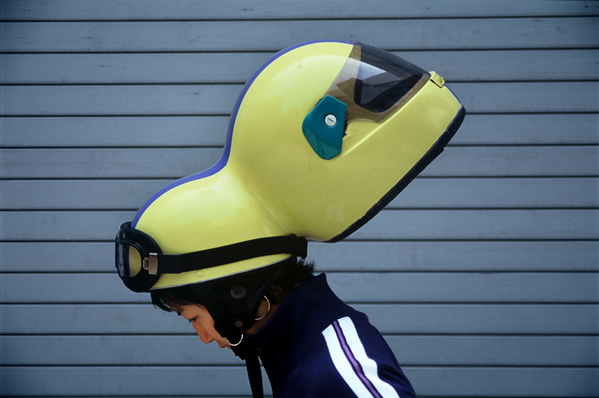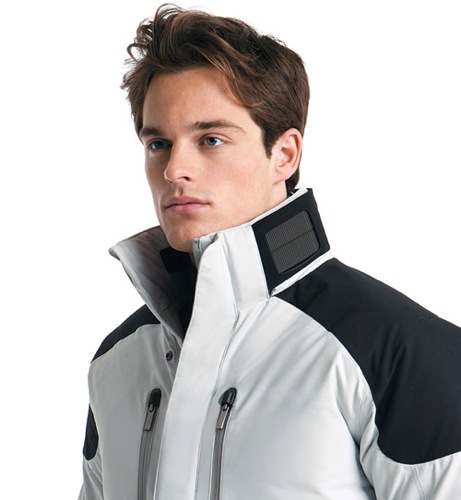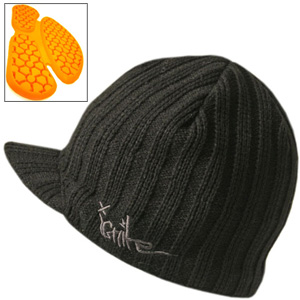 Extra-Soft (XS) labs has created some beautiful pieces that change shape, reveal hidden layers, and expose the wearer's skin by using the shape memory alloy, nitinol. The material contracts when current is applied to it. Some experiments include Kukkia-a kinetic flowering dress, a felt jellyfish that opens and closes, and Vilkas-a dress that shortens to reveal the wearer's knee (similar to Chalayan's shape-shifting garments posted below).
Extra-Soft (XS) labs has created some beautiful pieces that change shape, reveal hidden layers, and expose the wearer's skin by using the shape memory alloy, nitinol. The material contracts when current is applied to it. Some experiments include Kukkia-a kinetic flowering dress, a felt jellyfish that opens and closes, and Vilkas-a dress that shortens to reveal the wearer's knee (similar to Chalayan's shape-shifting garments posted below).
Using nitinol, Joanna Berzowska (XSlabs) and Di Mainstone recently collaborated on a line of futuristic-looking wearable sculptures that act as living, breathing second skins called SKORPIONS. One of the garments, Enleon, is a play on fear and desire. Its pod or cocoon-like shape gives the wearer a sense of security, while its exterior kinetic scales reveal a mirrored layer that reflects light. The movement is actually quite vulnerable and charming. See it in action here:





